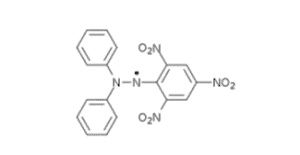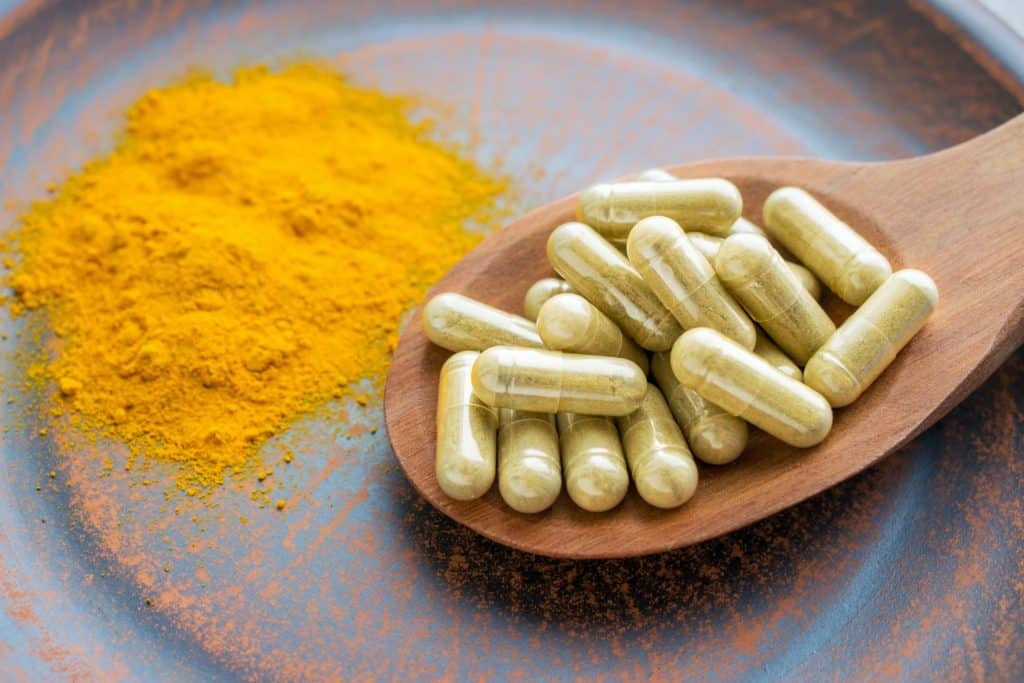CELL DAMAGES AND ROS
Cell damages are induced by Reactive Oxygen Species (ROS). ROS are free radicals, reactive anions containing oxygen atoms or oxygen containing molecules able to generate free radicals. Some examples are hydroxyl radical, superoxide and hydrogen peroxide.
Main source of ROS in vivo is aerobic respiration, but ROS are also produced during beta-oxidation of fatty acids, in the xenobiotic compounds metabolism trough cytochrome P450, in phagocytosis stimulation of pathogens or lipopolysaccharides, etc. ROS and oxidative stress in general are involved in some chronic conditions such as Alzheimer and Parkinson disease, cancer and aging.

THE SUPEROXIDE RADICAL
Starting from an O2 molecule and adding one electron to the external orbital the reduction product of molecular oxygen: the superoxide anion (O2 .- ). It is produced during the oxidative phosphorylation, by enzymes (i.e. xanthine oxidase) and leukocytes. Due to its toxicity all aerobic organisms developed different isoforms of the antagonist enzyme: the superoxide dismutase (SOD). SOD is a very efficient enzyme able to combine the superoxide anion with two H+ catalyzing the dismutation reaction through a metal based co-factor yielding H2O2 and O2 as final products. If not properly and promptly inactivated the superoxide anion can create damages to membranes lipids, proteins and DNA.

ENZYMATIC INACTIVATION OF THE SUPEROXIDE
In normal conditions, in our body, ROS are inactivated through enzymes such as superoxide dismutase (SOD), catalase (CAT) and glutathione peroxidase (GPx). SOD is a key enzyme able to inactivate the superoxide radical, one of the most reactive and therefore the most dangerous radical species.

THE SUPEROXIDE DISMUTASE ENZIME
To reduces the harmful effects of ROS, cells have developed different defensive strategies including enzymatic and non-enzymatic systems. Considering the antioxidant enzymes, some of these are playing a preventative role eliminating directly ROS. Among these enzymes superoxide dismutase is the first line of defense removing the superoxide anion, the first and most reactive radical derived by molecular oxygen. SOD is therefore one of the main antioxidant defensive system present in almost all the cells exposed to oxygen. The SOD catalyzed reaction is a dismutation with a second-order kinetic based on the following half reactions:
DPPH Method
The antiradical capacity has been assessed using the DPPH method. The sample is placed in a concentrated solution of a standard free radical (1,1-diphenyl-2-picryl-hydrazyl) and its concentration is measured via spectrophotometry to assess the ability of the phytocomplex to quench the radicals. Superox-D has an high antiradical capacity due to quenching mechanisms.
16 folds more antiradical compared to melon
37 folds more antiradical compared to SOD from melon


REFERENCES
Doddigarla Z Correlation of serum chromium, zinc, magnesium and SOD levels with HbA1c in type 2 diabetes: A cross sectional analysis. Diabet metab Syndrom. 2016 Jan-Mar;10(1 Suppl 1):S126-9. doi: 10.1.
Vouldoukis I, Conti M, Krauss P, et al. Supplementation with gliadin-combined plant superoxide dismutase extract promotes antioxidant defences and protects against oxidative stress. Phytother Res. 2004 Dec;18(12):957-62.
Vouldoukis I, Lacan D, Kamate C, et al. Antioxidant and anti-inflammatory properties of a Cucumis melo LC. extract rich in superoxide dismutase activity. J Ethnopharmacol. 2004 Sep;94(1):67-75.
Muth CM, Glenz Y, Klaus M, et al. Influence of an orally effective SOD on hyperbaric oxygen-related cell damage. Free Radic Res. 2004 Sep;38(9):927-32.
Barouki R. Ageing free radicals and cellular stress. Med Sci (Paris). 2006 Mar;22(3):266-72.
Faraci FM, Didion SP. Vascular protection: superoxide dismutase isoforms in the vessel wall. Arterioscler Thromb Vasc Biol. 2004 Aug;24(8):1367-73.
Fukai T, Folz RJ, Landmesser U, Harrison DG. Extracellular superoxide dismutase and cardiovascular disease. Cardiovasc Res. 2002 Aug 1;55(2):239-49.
Petersen SV, Oury TD, Ostergaard L, et al. Extracellular superoxide dismutase (EC-SOD) binds to type i collagen and protects against oxidative fragmentation. J Biol Chem. 2004 Apr 2;279(14):13705-10.
Maier CM, Chan PH. Role of superoxide dismutases in oxidative damage and neurodegenerative disorders. Neuroscientist. 2002 Aug;8(4):323-34.
Fattman CL, Schaefer LM, Oury TD. Extracellular superoxide dismutase in biology and medicine. Free Radic Biol Med. 2003 Aug 1;35(3):236-56.
Chung JM. The role of reactive oxygen species (ROS) in persistent pain. Mol Interv. 2004 Oct;4(5):248-50.
Bae SC, Kim SJ, Sung MK. Inadequate antioxidant nutrient intake and altered plasma antioxidant status of rheumatoid arthritis patients. J Am Coll Nutr. 2003 Aug;22(4):311-5.
Zawadzka-Bartczak E. Activities of red blood cell anti-oxidative enzymes (SOD, GPx) and total anti-oxidative capacity of serum (TAS) in men with coronary atherosclerosis and in healthy pilots. Med Sci Monit. 2005 Sep;11(9):CR440-4.
Gow A, Ischiropoulos H. Super-SOD: superoxide dismutase chimera fights off inflammation. Am J Physiol Lung Cell Mol Physiol. 2003 Jun;284(6):L915-6.
Flohe L. Superoxide dismutase for therapeutic use: clinical experience, dead ends and hopes. Mol Cell Biochem. 1988 Dec;84(2):123-31.
Carlo MD, Jr., Loeser RF. Increased oxidative stress with aging reduces chondrocyte survival: correlation with intracellular glutathione levels. Arthritis Rheum. 2003 Dec;48(12):3419-30.
Junqueira VB, Barros SB, Chan SS, et al. Aging and oxidative stress. Mol Aspects Med. 2004 Feb;25(1-2):5-16.
Vina J, Lloret A, Orti R, Alonso D. Molecular bases of the treatment of Alzheimer’s disease with antioxidants: prevention of oxidative stress. Mol Aspects Med. 2004 Feb;25(1-2):117-23.
Okada F, Shionoya H, Kobayashi M, et al. Prevention of inflammation-mediated acquisition of metastatic properties of benign mouse fibrosarcoma cells by administration of an orally available SOD. Br J Cancer. 2006 Mar 27;94(6):854-62.
Benedetti S, Lamorgese A, Piersantelli M, Pagliarani S, Benvenuti F, Canestrari F. Oxidative stress and antioxidant status in patients undergoing prolonged exposure to hyperbaric oxygen. Clin Biochem. 2004 Apr;37(4):312-7.
Dennog C, Radermacher P, Barnett YA, Speit G. Antioxidant status in humans after exposure to hyperbaric oxygen. Mutat Res. 1999 Jul 16;428(1-2):83-9.
Levin ED. Extracellular superoxide dismutase (EC-SOD) quenches free radicals and attenuates age-related cognitive decline: opportunities for novel drug development in aging. Curr Alzheimer Res. 2005 Apr;2(2):191-6. R

